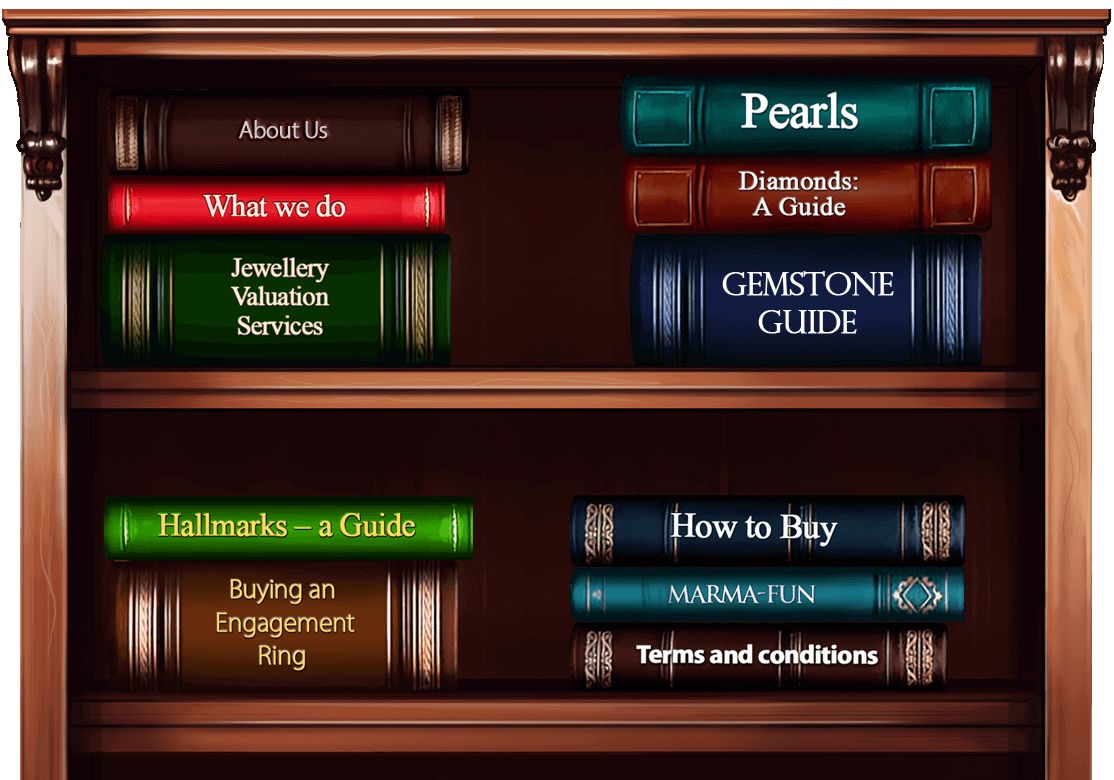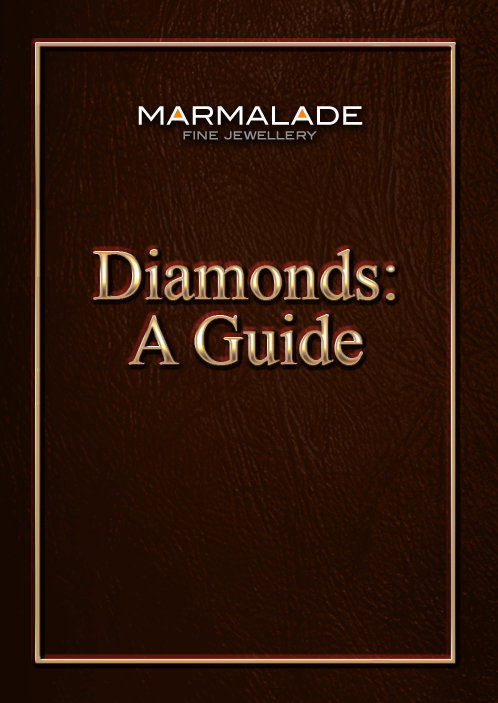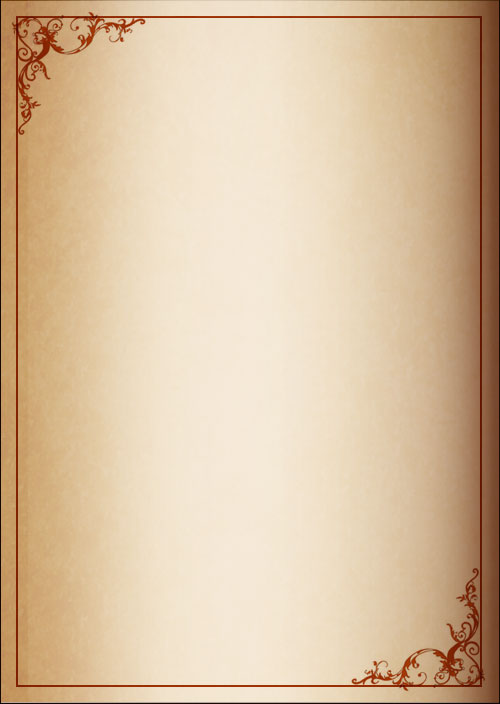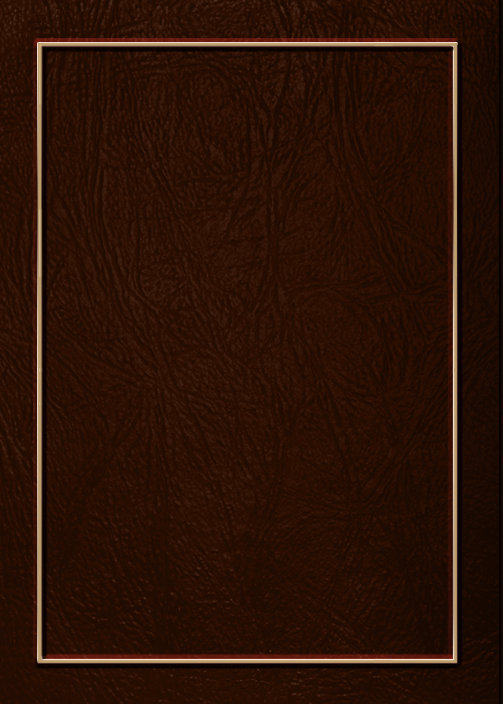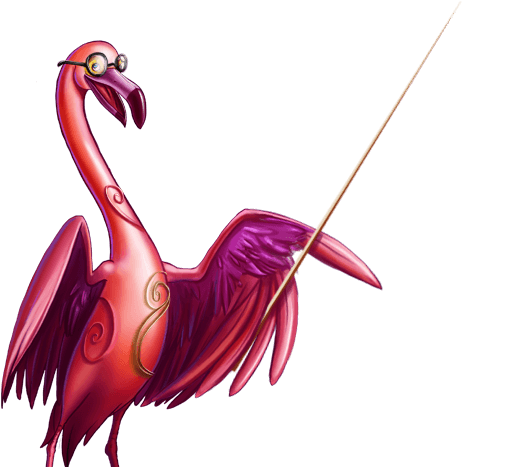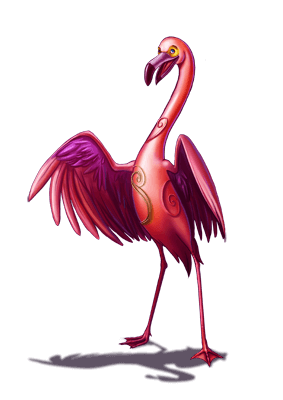Close filter
Filter Products
Notice: Undefined variable: get_array_metal2 in
/var/www/vhosts/marmaladejewellery.co.uk/httpdocs/site/themes/marmalade_2015_main/index.php on line
1353
Warning: array_unique() expects parameter 1 to be array, null given in
/var/www/vhosts/marmaladejewellery.co.uk/httpdocs/site/themes/marmalade_2015_main/index.php on line
1353
Warning: natsort() expects parameter 1 to be array, null given in
/var/www/vhosts/marmaladejewellery.co.uk/httpdocs/site/themes/marmalade_2015_main/index.php on line
1354
Warning: array_filter() expects parameter 1 to be array, null given in
/var/www/vhosts/marmaladejewellery.co.uk/httpdocs/site/themes/marmalade_2015_main/index.php on line
1355
Warning: count(): Parameter must be an array or an object that implements Countable in
/var/www/vhosts/marmaladejewellery.co.uk/httpdocs/site/themes/marmalade_2015_main/index.php on line
1355
Notice: Undefined variable: get_array_colour2 in
/var/www/vhosts/marmaladejewellery.co.uk/httpdocs/site/themes/marmalade_2015_main/index.php on line
1357
Warning: array_unique() expects parameter 1 to be array, null given in
/var/www/vhosts/marmaladejewellery.co.uk/httpdocs/site/themes/marmalade_2015_main/index.php on line
1357
Warning: sort() expects parameter 1 to be array, null given in
/var/www/vhosts/marmaladejewellery.co.uk/httpdocs/site/themes/marmalade_2015_main/index.php on line
1358
Notice: Undefined variable: get_array_clarity2 in
/var/www/vhosts/marmaladejewellery.co.uk/httpdocs/site/themes/marmalade_2015_main/index.php on line
1359
Warning: array_unique() expects parameter 1 to be array, null given in
/var/www/vhosts/marmaladejewellery.co.uk/httpdocs/site/themes/marmalade_2015_main/index.php on line
1359
Warning: sort() expects parameter 1 to be array, null given in
/var/www/vhosts/marmaladejewellery.co.uk/httpdocs/site/themes/marmalade_2015_main/index.php on line
1360
Notice: Undefined variable: get_array_weight2 in
/var/www/vhosts/marmaladejewellery.co.uk/httpdocs/site/themes/marmalade_2015_main/index.php on line
1361
Warning: array_unique() expects parameter 1 to be array, null given in
/var/www/vhosts/marmaladejewellery.co.uk/httpdocs/site/themes/marmalade_2015_main/index.php on line
1361
Warning: sort() expects parameter 1 to be array, null given in
/var/www/vhosts/marmaladejewellery.co.uk/httpdocs/site/themes/marmalade_2015_main/index.php on line
1362
Notice: Undefined variable: get_array_style2 in
/var/www/vhosts/marmaladejewellery.co.uk/httpdocs/site/themes/marmalade_2015_main/index.php on line
1363
Warning: array_unique() expects parameter 1 to be array, null given in
/var/www/vhosts/marmaladejewellery.co.uk/httpdocs/site/themes/marmalade_2015_main/index.php on line
1363
Warning: sort() expects parameter 1 to be array, null given in
/var/www/vhosts/marmaladejewellery.co.uk/httpdocs/site/themes/marmalade_2015_main/index.php on line
1364
Notice: Undefined variable: get_array_profile2 in
/var/www/vhosts/marmaladejewellery.co.uk/httpdocs/site/themes/marmalade_2015_main/index.php on line
1365
Warning: array_unique() expects parameter 1 to be array, null given in
/var/www/vhosts/marmaladejewellery.co.uk/httpdocs/site/themes/marmalade_2015_main/index.php on line
1365
Warning: sort() expects parameter 1 to be array, null given in
/var/www/vhosts/marmaladejewellery.co.uk/httpdocs/site/themes/marmalade_2015_main/index.php on line
1366
Notice: Undefined variable: get_array_width2 in
/var/www/vhosts/marmaladejewellery.co.uk/httpdocs/site/themes/marmalade_2015_main/index.php on line
1367
Warning: array_unique() expects parameter 1 to be array, null given in
/var/www/vhosts/marmaladejewellery.co.uk/httpdocs/site/themes/marmalade_2015_main/index.php on line
1367
Warning: sort() expects parameter 1 to be array, null given in
/var/www/vhosts/marmaladejewellery.co.uk/httpdocs/site/themes/marmalade_2015_main/index.php on line
1369
Warning: array_filter() expects parameter 1 to be array, null given in
/var/www/vhosts/marmaladejewellery.co.uk/httpdocs/site/themes/marmalade_2015_main/index.php on line
1370
Warning: count(): Parameter must be an array or an object that implements Countable in
/var/www/vhosts/marmaladejewellery.co.uk/httpdocs/site/themes/marmalade_2015_main/index.php on line
1370
Warning: array_filter() expects parameter 1 to be array, null given in
/var/www/vhosts/marmaladejewellery.co.uk/httpdocs/site/themes/marmalade_2015_main/index.php on line
1371
Warning: count(): Parameter must be an array or an object that implements Countable in
/var/www/vhosts/marmaladejewellery.co.uk/httpdocs/site/themes/marmalade_2015_main/index.php on line
1371
Warning: array_filter() expects parameter 1 to be array, null given in
/var/www/vhosts/marmaladejewellery.co.uk/httpdocs/site/themes/marmalade_2015_main/index.php on line
1372
Warning: count(): Parameter must be an array or an object that implements Countable in
/var/www/vhosts/marmaladejewellery.co.uk/httpdocs/site/themes/marmalade_2015_main/index.php on line
1372
Warning: array_filter() expects parameter 1 to be array, null given in
/var/www/vhosts/marmaladejewellery.co.uk/httpdocs/site/themes/marmalade_2015_main/index.php on line
1373
Warning: count(): Parameter must be an array or an object that implements Countable in
/var/www/vhosts/marmaladejewellery.co.uk/httpdocs/site/themes/marmalade_2015_main/index.php on line
1373
Warning: array_filter() expects parameter 1 to be array, null given in
/var/www/vhosts/marmaladejewellery.co.uk/httpdocs/site/themes/marmalade_2015_main/index.php on line
1374
Warning: count(): Parameter must be an array or an object that implements Countable in
/var/www/vhosts/marmaladejewellery.co.uk/httpdocs/site/themes/marmalade_2015_main/index.php on line
1374
Warning: array_filter() expects parameter 1 to be array, null given in
/var/www/vhosts/marmaladejewellery.co.uk/httpdocs/site/themes/marmalade_2015_main/index.php on line
1375
Warning: count(): Parameter must be an array or an object that implements Countable in
/var/www/vhosts/marmaladejewellery.co.uk/httpdocs/site/themes/marmalade_2015_main/index.php on line
1375


